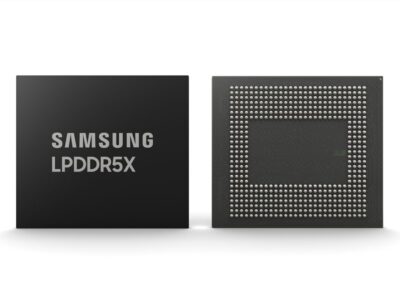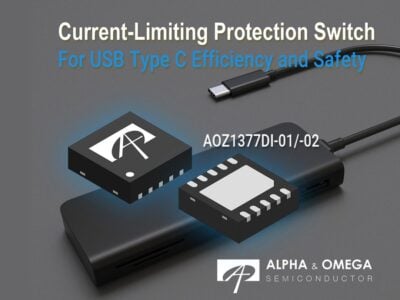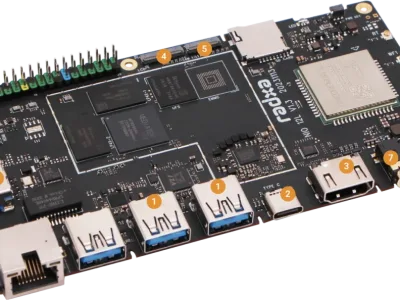
This text bridges the gap between the theoretical and practical by giving pragmatic solutions using components that are available in the real world from distributors. The book does not just give a design with a transfer function; instead, it provides design tools based on transfer function, getting you to a working circuit so you can make the right decision on which op amp is best for the job at hand.
The book covers: single op amp designs that get the most out of every amplifier; which specifications are of most importance to your design, enabling you to narrow down the list of amplifiers to those few that are most suitable; strategies for making simple tweaks to the design—changes that are often apparent once a prototype has been constructed; how to design for hostile environments—extreme temperatures, high levels of shock, vibration, and radiation—by knowing which circuit parameters are likely to degrade and how to counteract that degradation.
The text includes; real world op amp selection guides; guidance on which op amp is best for the job, and how to design circuits with real world component values; it contains guidelines for developing the entire signal chain, from specification for the transducer to power supply and data converter; and includes new coverage of negative regulation techniques and op amp stability, negative regulation techniques, extended electronics theory and troubleshooting.
Published under the Newnes imprint of Elsevier, the text may be purchased as a paperpback and e-book for $74.95 / €77.91 / £64.84 (at; www.elsevier.com/books/op-amps-for-everyone/carter/978-0-12-811648-7) or via the publisher’s chapter-by-chapter purchase arrangement for subscribing companies, here.
Next: Chapter listing, and about the authors
1. The Op Amp’s Place in the World
2. Development of Ideal Op Amp Equations
3. Single-Supply, AC Coupled Amplifiers
4. Separating and Managing AC and DC Gain
5. A Complete Continuum of Op Amp Cases
6. Introduction to Stability Theory
7. Development of Non-Ideal Op Amp Equations
8. Voltage Feedback Op Amp Compensation
9. Current Feedback Op Amps
10. Voltage and Current Feedback Op Amp Comparison
11. Fully Differential Op Amps
12. Different Types of Op Amps
13. Troubleshooting – What To Do When Things Go Wrong
14. Instrumentation: Sensors to A/D Converters
15. Op Amp Use In Digital to Analog Conversion
16. Active Filter Design With Transfer Equations
17. Fast, Practical Filter Design Techniques for Simple Filters
18. High Speed Filter Design
19. Using Op Amps for RF Design
20. Low Voltage and Portable Design
21. High Reliability Design
22. Voltage Regulation
23. Negative Voltage Regulation
24. Other Applications
25. Common Application Mistakes
Appendix A. Review of Circuit Theory
Appendix B. Understanding Op Amp Parameters
Appendix C. Op Amp Noise Theory and Applications
Appendix D. Circuit Board Layout Techniques
Appendix E. A Single Supply Circuit Collection
Bruce Carter, Analog Signal Chain and Power Supply Specialist, Weatherford International, Texas, holds dual degrees, Engineering Physics from Texas Tech University, and Electrical Engineering at the University of Texas. He has over 30 years of experience in analogue design for military and oil field service companies. He was an applications engineer at Texas Instruments for 9 years, where he authored application notes, contributed articles, and knowledge base FAQs.
Ron Mancini has a BSEE degree from Newark College of Engineering and a ME degree from the university of Florida. He designed transistor circuits for about 10 years, and he designed solid state subsystems for the following 10 years. He spent more than 10 years doing applications engineering for analogue ICs where he visited customers to advise on designs, solve problems, and help with the selection of analog ICs. He concluded his career with Texas Instruments doing analogue applications work which included writing app notes, writing and giving seminars, troubleshooting customer designs, writing a book, and writing the Analog Angle column for EDN.
 If you enjoyed this article, you will like the following ones: don't miss them by subscribing to :
eeNews on Google News
If you enjoyed this article, you will like the following ones: don't miss them by subscribing to :
eeNews on Google News




